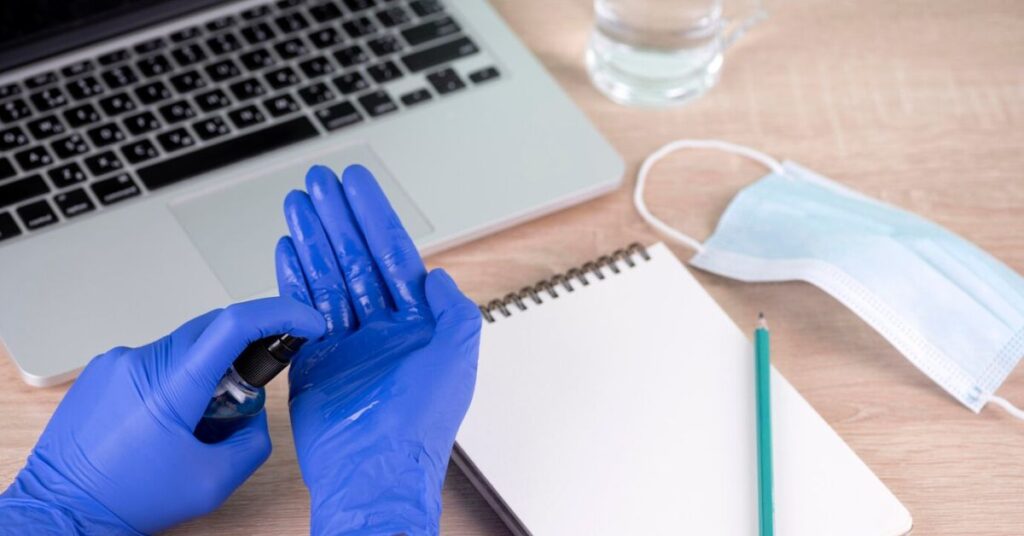The healthcare industry has witnessed a significant shift toward alternative glove materials due to increasing latex allergy concerns among both medical professionals and patients. With approximately 8-17% of healthcare workers reporting some form of latex sensitivity, finding appropriate protective equipment has become a critical workplace safety issue. For individuals with these sensitivities, the ability to buy latex-free gloves online offers convenient access to essential protective gear without risking allergic reactions. The digital marketplace provides numerous options spanning nitrile, vinyl, neoprene, and polyisoprene alternatives, each with distinct properties suitable for various applications. Understanding the technical specifications, material science, and performance metrics of these alternatives empowers consumers to make informed purchasing decisions aligned with their specific requirements and sensitivity profiles.
Understanding Material Science Behind Non-Latex Alternatives
Nitrile gloves dominate the latex-free market due to their remarkable chemical resistance profile. Composed of synthetic rubber (acrylonitrile butadiene), these gloves offer protection against petroleum-based products with tensile strengths typically measuring between 3500-4000 psi. This surpasses vinyl alternatives, which generally test at 1400-2000 psi. Manufacturers achieve these performance metrics through precision-controlled polymerization processes that determine the final molecular weight and cross-linking density. Recent manufacturing innovations have reduced thickness while maintaining barrier integrity, resulting in enhanced tactile sensitivity without compromising protection. The production process employs carboxylic acid groups during polymerization, creating unique properties that resist oils and solvents while maintaining flexibility across varied temperature ranges.
Evaluating Technical Specifications for Your Specific Needs
When selecting non-latex gloves, understanding technical specifications becomes paramount. Pay particular attention to Acceptable Quality Level (AQL) ratings—the industry standard measuring pinhole defect frequency. Premium medical-grade gloves typically feature AQL ratings of 1.5 or lower, indicating fewer than 1.5% contain defects. Thickness measurements (expressed in mils or millimeters) directly impact durability and dexterity, with examination gloves typically ranging from 4-8 mils. For precision tasks, consider accelerator-free options which eliminate chemical accelerators like thiurams and carbamates that sometimes trigger secondary allergic reactions in hypersensitive individuals. These specialized formulations maintain tensile strength while eliminating potentially reactive compounds through alternative curing methodologies.
Navigating Regulatory Compliance and Certification Standards
Legitimate vendors consistently display relevant regulatory compliance information. For medical applications, FDA 510(k) clearance remains essential, while ASTM D6319 certification confirms adherence to standard specifications for nitrile examination gloves. Industrial applications often require ANSI/ISEA 105 ratings that quantify protection levels against mechanical risks, chemicals, and thermal hazards. European markets demand CE marking and compliance with EN 455 standards. The newer ISO 11193-1:2020 standard provides updated testing methodologies for single-use medical gloves. When comparing products, examine chemo-resistance charts that document breakthrough times against specific chemicals—critical information for laboratory or industrial environments where hazardous substance exposure represents a genuine concern.
Assessing Value Beyond Basic Pricing Structures
Rather than focusing exclusively on per-unit pricing, calculate comprehensive value by analyzing metrics like elongation percentage (quality nitrile reaches 500-600% before breaking) and shelf life (typically 3-5 years when properly stored). Premium manufacturers now incorporate technology reducing micro-perforations through advanced quality control systems utilizing electrical conductivity testing during production. Consider hidden costs associated with inferior products, including potential productivity losses from increased hand fatigue or higher consumption rates due to premature tearing. Some manufacturers have introduced biodegradable formulations that maintain barrier performance while addressing environmental concerns—a factor increasingly important in sustainable procurement policies.







